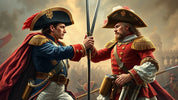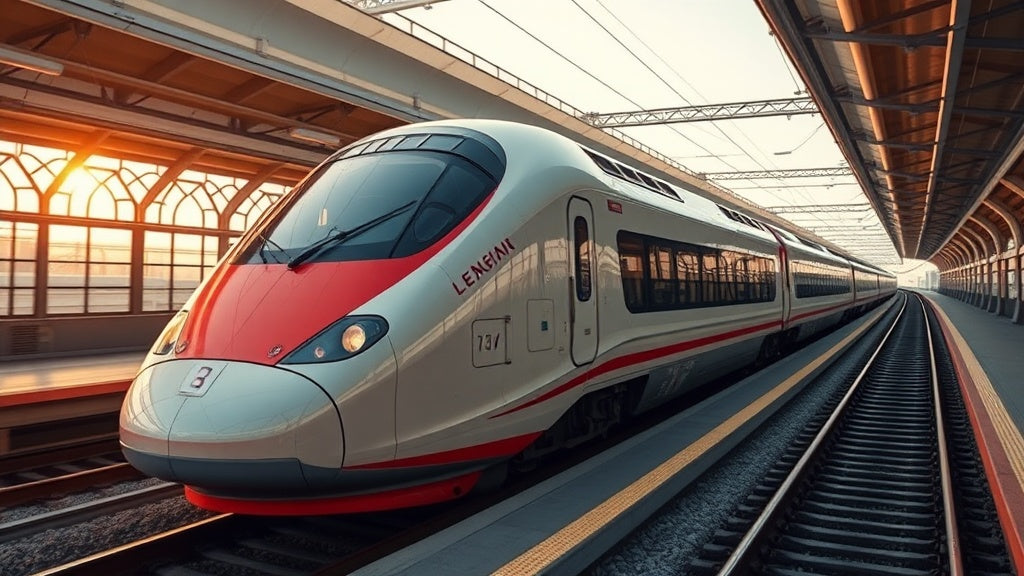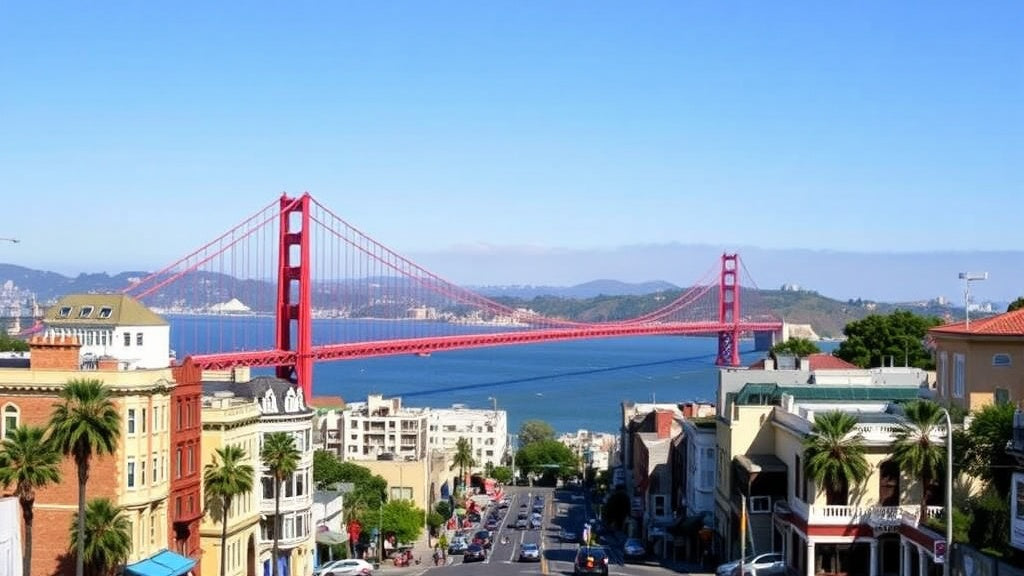
"Napoleon vs. Archduke Charles: The Epic 1809 Clash that Shaped European History"
, by Unboxify, 8 min reading time

, by Unboxify, 8 min reading time
In the year 1809, France, under the rule of the formidable Napoleon Bonaparte, reigned as the supreme power in Europe. However, Napoleon's ambitious invasion of Spain and Portugal the previous year did not yield the decisive victory he anticipated. This miscalculation spread Napoleon's elite forces thin across the Iberian Peninsula, providing an opportune moment for Austria—an old adversary eager for vengeance—to re-enter the fray.
The seeds of Austria’s resurgence were sown back in 1805 when its military suffered a humiliating defeat at the Battle of Austerlitz. From that moment on, Austria meticulously planned its next move against France. The Austrians saw Napoleon's preoccupation with the Iberian campaign as an opening. British promises of financial subsidies and a supporting attack in Northern Europe further sweetened the situation for Austria.
Leading Austria's renewed military efforts was Archduke Charles, the younger brother of Emperor Francis. At 37, Charles was two years Napoleon's junior but boasted 15 years of high command experience. Having learned from previous defeats, he aimed to modernize the Austrian army by adopting French military tactics, including the corps system and innovative infantry strategies.
During the Napoleonic Wars, infantry formations were tightly packed, shoulder to shoulder. This "close order" approach served several critical functions:
A typical French line battalion theoretically consisted of 840 men but usually had around 500-600 in practice. These men were divided into six companies: four fusilier companies and two specialized flank companies. The grenadiers, composed of the tallest and strongest soldiers, served as elite units, while the voltigeurs acted as skirmishers, firing independently to harass the enemy.
The traditional line formation allowed maximum firepower with minimal casualties from artillery fire. However, it was susceptible to cavalry outflanking and difficult to maintain while advancing over rough terrain.
For more flexibility, battalions maneuvered in "column of divisions," enabling faster advance but creating a larger target for enemy artillery and reducing musket firepower. The decision to deploy into line or rely on sheer momentum often depended on the troops' training and the battlefield conditions.
Infantry could quickly form a square to fend off cavalry, essentially creating an impenetrable wall of men and bayonets. However, the square was extremely vulnerable to artillery and could move only very slowly.
In 1809, Austria introduced the "battalion mass" formation—a dense column suitable for hastily-trained conscripts. Although it had limited firepower and was highly vulnerable to cannon fire, it repelled cavalry effectively without requiring complex drills.
Upon learning of Austria's war preparations, Napoleon swiftly left Spain for Paris, arriving on January 24, 1809. He demanded reinforcements from Spain, summoned young conscripts, and called upon soldiers from his German allies in the Confederation of the Rhine. Although no longer the finely-honed force of 1805, Napoleon's Grand Army remained formidable with him at its helm.
On April 10, having detected a delay in French preparations, Archduke Charles initiated diversionary attacks in Poland and Northern Italy before launching his main assault against Bavaria, France’s ally. Charles aimed for rapid advancement but was hampered by last-minute changes, heavy rain, and a cumbersome baggage train.
Marshal Berthier, although a brilliant chief-of-staff, was indecisive as a field commander, dispersing his forces too widely and leaving Marshal Davout's Third Corps vulnerable at Regensburg. Archduke Charles aimed for a swift convergence to annihilate Davout’s isolated corps. However, on April 17, Napoleon arrived at Donauwörth and immediately ordered Davout to withdraw, leading to the fast-moving Battle of Teugn-Hausen. Despite being outnumbered, Davout's elite troops repelled the Austrian assault.
The Battle of Teugn-Hausen marked the beginning of Napoleon's "Four-Day Campaign." Utilizing Marshal Lefebvre’s Bavarian Seventh Corps and Marshal Lannes' provisional corps, Napoleon split the Austrian forces and pursued its left wing towards Landshut, mistakenly believing it was the main Austrian army. Upon realizing his error, Napoleon redirected his focus northward, confronting the Austrian Fourth Korp at Eggmühl. The French, bolstered by their German allies, secured their fourth victory in as many days.
Despite repeated French victories, the main Austrian force remained intact. A rapid retreat across the Danube followed. The French captured the strategic walled city of Regensburg after a valiant assault led by Marshal Lannes. Napoleon himself was hit by a spent bullet, causing temporary alarm but suffering only a superficial wound. With the Austrian army now split, both sections commenced an orderly retreat towards Vienna.
Napoleon directed his forces in pursuit of the retreating Austrians, leaving a detachment to manage a popular Tyrolean revolt. On May 13, Vienna surrendered following a short bombardment. Napoleon then turned to the Austrian army lying in wait across the Danube. On the night of May 20, French engineers constructed makeshift bridges across the river, enabling French troops to cross by noon the next day, holding the villages of Aspern and Essling.
Expecting a mere rearguard, Napoleon faced the entire Austrian army—90,000 men and 300 cannon—advancing in five columns. The Austrians used floating barges and obstacles to repeatedly break the French bridge, causing severe delays in reinforcements and ammunition. The battle commenced at 2:45 PM, when Austrian infantry attacked Aspern from three sides. Despite desperate hand-to-hand combat and high casualties, the French clung to the village.
Charles ordered an all-out assault on Aspern in the evening, personally urging his men forward. The Austrians seized the village but lost it to French reinforcements shortly after. Concurrently, the Fourth Column attacked Essling, defended by Marshal Lannes. Despite initial repulsion, the Austrians launched a relentless assault throughout the night.
Reinforcements, including the Second Corps and the Imperial Guard, crossed the Danube overnight. By dawn, heavy fighting resumed in Aspern, and the French recaptured it by 7 AM. In Essling, fresh Austrian attacks were repelled by cavalry and the Young Guard. Napoleon then launched a central offensive with Lannes' Second Corps, but heavy Austrian artillery fire forced a retreat.
At this critical juncture, the French bridge broke again, halting the essential flow of reinforcements and ammunition. By 2 PM, the French were driven out of Aspern once more. Napoleon ordered a final cavalry charge to cover the retreat. The Austrian forces, also exhausted, allowed the French to withdraw to the island of Lobau.
In the final moments of the battle, Marshal Lannes, one of Napoleon’s closest confidants, was struck by a cannonball. His injuries were fatal, delivering a significant personal and professional blow to Napoleon.
The two-day Battle of Aspern-Essling marked Napoleon's first substantial defeat, born of overconfidence and inadequate planning. Both sides incurred heavy losses, but the Austrians’ endurance prevented a larger French catastrophe.
This encounter granted Napoleon newfound respect for the Austrian forces, who had demonstrated substantial bravery, improved morale, and enhanced leadership under Archduke Charles. Within days of this defeat, Napoleon began assembling reinforcements and devised plans for a retaliatory campaign.
Although the Battle of Aspern-Essling was undoubtedly a setback for Napoleon, his reaction proved that his resilience and strategic acumen were unscathed. The stage was now set for subsequent campaigns, as Napoleon's thirst for European dominance remained unquenched.
This vivid chapter in military history showcases the complexities of warfare, the follies of overconfidence, and the indomitable human spirit on both sides. From the elaborate infantry formations to the poignant sacrifices like that of Marshal Lannes, the 1809 Austro-French campaign etched itself into the annals of the Napoleonic Wars, forever altering the fabric of European military history.







